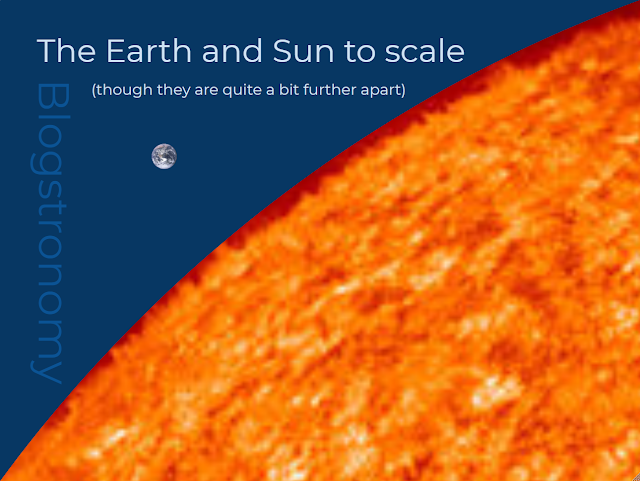What's the Difference between a Supernova and a Black Hole?
Question posed by Sandi
Before answering this question, it'd be a good idea to make sure we know the answer to two others first:
What's a Black Hole?
A black hole is a region of space where gravity is so strong that not even light can escape its grasp. There are a few mechanisms thought to make them, and you can learn more about those in this post. The most popular method for creating a black hole involves a collapsing star. A very, very simplified explanation of this method involves a star over a certain mass (starting at about 8 times the mass of our Sun) reaching the end of its life, being unable to support its own mass and collapsing in on itself. It collapses so far that a singularity is formed and the conventional laws of physics as we know them stop working properly.
What's a Supernova?
You can read more about why and when a star goes supernova in this post, but in short...
Supernovae, like black holes, happen when certain stars head towards the end of their lives. As with black hole formation, these stars stop burning and start to collapse in on themselves. The energy released in this collapse (particles all crashing into one another) sparks off another stage of burning. This can happen a couple of times until a final collapse which causes the star, literally, to explode. This explosion can be so violent that the outer layers of the star are thrown outwards at very, very high speeds and the light produced can out-shine the rest of its galaxy for several months. This is what is known as a supernova. "Nova" means "new" in Latin, and refers to the sudden increase in brightness of a star that can be (and has historically been) mistaken for a new star in the heavens.
What's the difference?
In short, a supernova is a rapidly expanding ball of exploding gas, while a black hole is a large amount of mass squished into a relatively small volume of space: the two are very different things, but there are similarities in their methods of formation. Indeed, after the explosion of a star that is a supernova, there is an object left behind- called a 'remnant'. This remnant is usually either a neutron star or a black hole.
More about...
- ... supernovae
- ... black holes



Thanks for a clear and concise explanation.
ReplyDeleteNo problem Sherry, thanks for commenting!
Delete